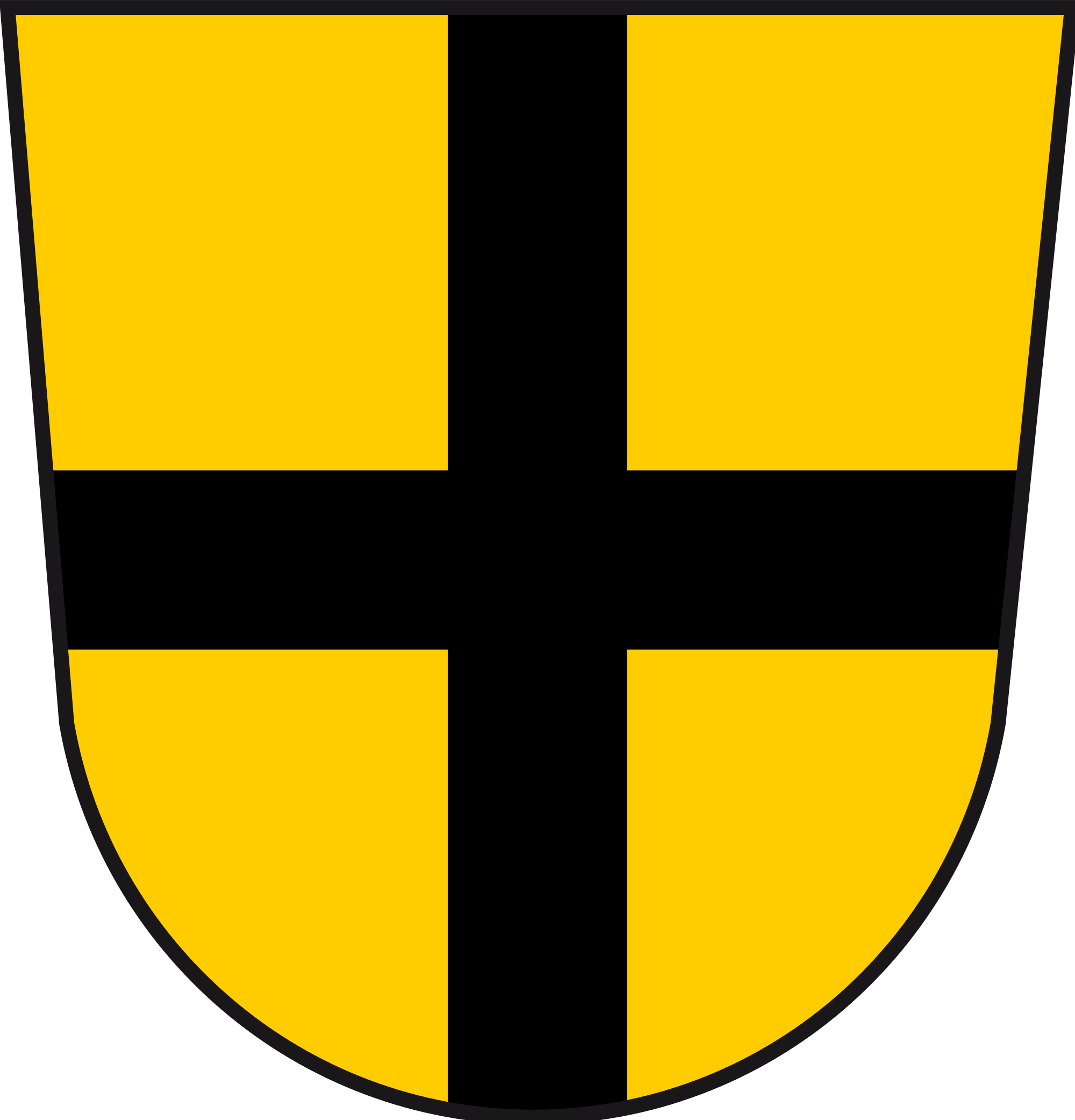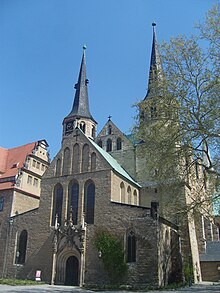Bishopric of Merseburg
The bishopric of Merseburg was a Roman Catholic diocese in Germany and consisted 968-981 and 1004-1565 from the diocese as a canonical unit is the Bishopric of Merseburg -. , The much smaller secular dominion of bishop or cathedral chapter - to separate.
Foundation
The bishopric was established to fulfill a promise of King Otto I, after he had finally defeated the Hungarians at the Battle of Lechfeld. The Synod of Ravenna 967 supported the establishment. By royal diploma Otto had 968 build the archbishopric of Magdeburg and its suffragan dioceses Merseburg, Zeitz and Meißen. The first bishop of Merseburg was Boso ( 968-970 ), the second Gislher ( 971-981 ). As this Archbishop of Magdeburg, was the bishopric of Merseburg was lifted up to his death in 1004. Emperor Henry II founded it again. A total of 43 bishops officiated in Merseburg.
History
1021 was the Merseburg Cathedral, whose foundation stone was laid in 1015 by Bishop Thietmar, consecrated by Bishop Bruno in the presence of King Henry II. The king bestowed on this occasion the diocese rich, not least because of its strategic importance for its Ostmark.
Until the Reformation Merseburg was now a bishopric and a major religious center after the area had previously belonged to the Bishopric of Halberstadt. It was in terms of area, although one of the smallest German bishoprics, but included important centers such as the city of Leipzig, the south of present-day Saxony -Anhalt and parts of present-day Free State of Saxony. At the end of the Middle Ages, it represented 310 parish and affiliated churches.
Bishop Thilo von Trotha was from 1470 the construction of the castle Merseburger start and led from 1510 the reconstruction of the cathedral in the Gothic style, and the reconstruction of the basilica to a hall church.
On May 3, 1525 Bishop Adolf was forced to flee because of Protestant riots in Leipzig. On May 8, the malcontents tried to storm the cathedral precincts. In June, following court proceedings led to the June 10, 1525 four citizens and four peasants were beheaded on the Merseburger market.
Repeal
After the death of the last Catholic bishop in 1561 then the Reformation is also in Merseburg by final. Duke Alexander, son of the Duke August of Saxony, was a further four years, the administrator of the territory before it came to the Electorate of Saxony in 1565. Later it was part of the short-lived Duchy of Saxe - Merseburg.
See also:
- List of bishops of Merseburg
- Merseburg Cathedral










